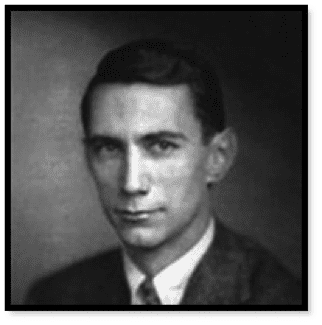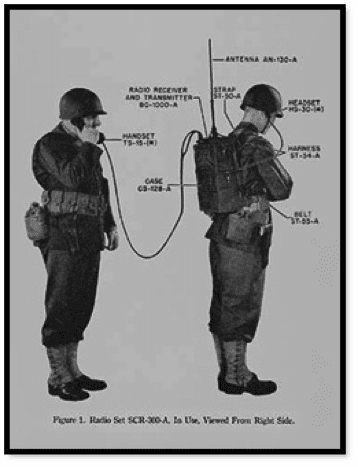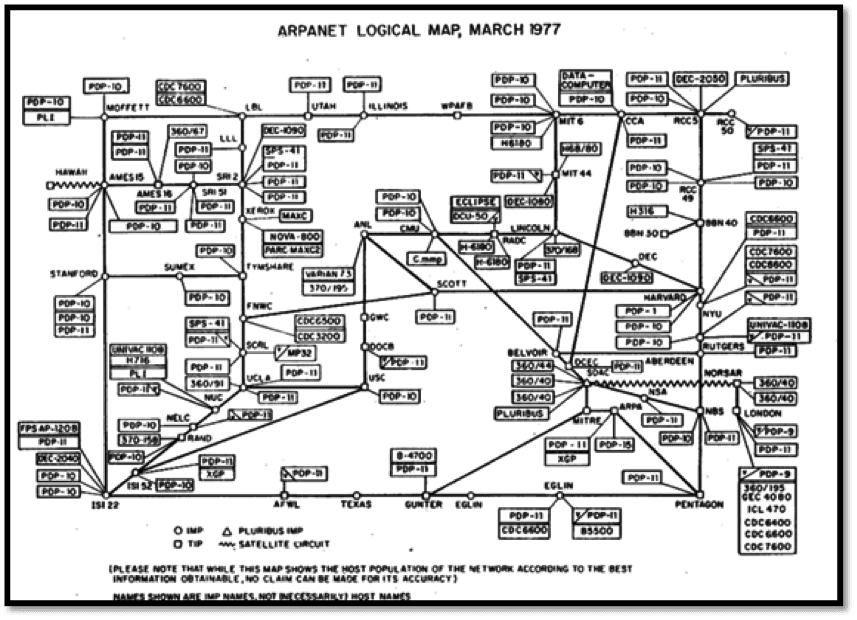
FATHER OF THE IT/TELECOM AGE – Claude E. Shannon, an electrical engineer and mathematician worked for the US military on anti-aircraft targeting and cryptography during WWII. He later laid the theoretical foundations for modern telecom.
When high-octane brain power is unleashed on complex military problems, there’s no telling what where things will lead… This has been borne out time and again. The telegraph, wireless voice and data transmission systems, computers, the Internet, global positioning systems – the entire spectrum of information age gizmos – were all the fruits of, or given early boosts by military R&D spending.
That’s what makes the upcoming DTIC Defense Technical Information Center (DTIC), contract so compelling….and potentially, lucrative.
Green to fund the Grey….Matter
Two separate RFI’s have been issued for this $28B – Repeat: $28B! — IDIQ contract. These requests will help DOD/DTIC develop an optimal strategy for cost-effectively bringing home the state-of-the-art, advanced technical and scientific bacon. The final RFP is expected to drop mid-June.
The Department of Defense (DoD), Defense Technical Information Center (DTIC), has an enormous grey matter requirement for its DoD Information Analysis Centers (IACs). And it’s calling upon contractors to provide the raw brain power – it needs, and depends on. And there is no telling what great stuff the brainiacs put to work under this effort will come up with.
Serious bidders shouldn’t waste any time kicking their brains into high gear and getting on with business development, capture and proposal preparation activity.

RADIO TELEPHONES – Yesterday’s military commo gear has evolved into today’s advanced cell phones and hand-helds.
Getting Wound Up, and Rung Up…
The IACs collect, analyze and reuse data to answer recurring challenges, identify long-term trends and provide recommendations to the DoD research and acquisition communities. For over 65 years now, the IACs have provided the technical data and analytics that support DoD operations.
Answering the Call
The IAC program puts thousands of top-flight scientists and engineers to work in over 270 Technical Area Tasks (TAT), organized into three areas. They are:
- Cyber Security and Information Systems Information Analysis Center (CSIAC)
Focus areas: • Cyber Security • Software Data & Analysis • Knowledge Management & Information Sharing • Modeling & Simulation.
Current Awardees: 10 large, 6 small.
- Defense Systems Information Analysis Center (DSIAC)
Focus areas: • Advanced Materials • Autonomous Systems • Directed Energy • Energetics • Military Sensing • Non-lethal Weapons and Information Operations • Reliability, Maintainability, Quality, Supportability, and Interoperability (RMQSI) • Survivability and Vulnerability • Weapons Systems.
Current Awardees: 9 large, 3 small.
- Homeland Defense and Security Information Analysis C enter (HDIAC)

The WWW — In 1963, DOD-backed and financed computer scientist J. C. R. Licklider who designed an “Intergalactic Computing Network,” which evolved into today’s Internet.
Focus areas: Homeland Security and Defense • Critical Infrastructure Protection (CIP) • Weapons of Mass Destruction (WMD) • Chemical, Biological, Radiological, Nuclear (CBRN) Defense • Biometrics • Medical • Cultural Studies • Alternative Energy.
Current awardees: 11 large, 2 small.

SILLY PUTTY — In 1943, a GE engineer failed to find a substitute for rubber, but his mixture of silicone oil and boric did become a popular toy.
Data- Driven Decisions
The purpose of the aforementioned IACs is to give military commanders the information they need to make correct data-driven, battle-winning decisions.
Personnel assigned to IACS will be called upon to provide reports, technical data and analyses in SOARS – State of the Art Reports. They will be called upon to establish Communities of Practice, exchanges where they can collaborate and answer Technical Enquiries in 4 hours or less, and Extended Enquiries in a 24-40 hour time frame. Technical Area Tasks (TAT) – (in the form of Task Orders) will range in size from a few thousand dollars to over $100 million each. These arrangements are not to be used for staff augmentation or routine operations, but limited solely to provision of the scientific and technical information to win on the battlefield.
Winning the Proposal Battle
IDIQ and TO Winners will be chosen on a Combination Subjective Tradeoff/Technically Acceptable-Unacceptable, Best Value basis.
The battles of the future will be won by the commanders who have the best information, used correctly to make the best strategic and tactical decisions. And winners of the TOs that will be issued as part of this effort will be those who best apply their brainpower to the tasks of submission excellence.






Are there set aides on these contracts for certified small businesses and certified disabled veteran businesses.
Thank you